7 Unique Fruit Trees for Southern California
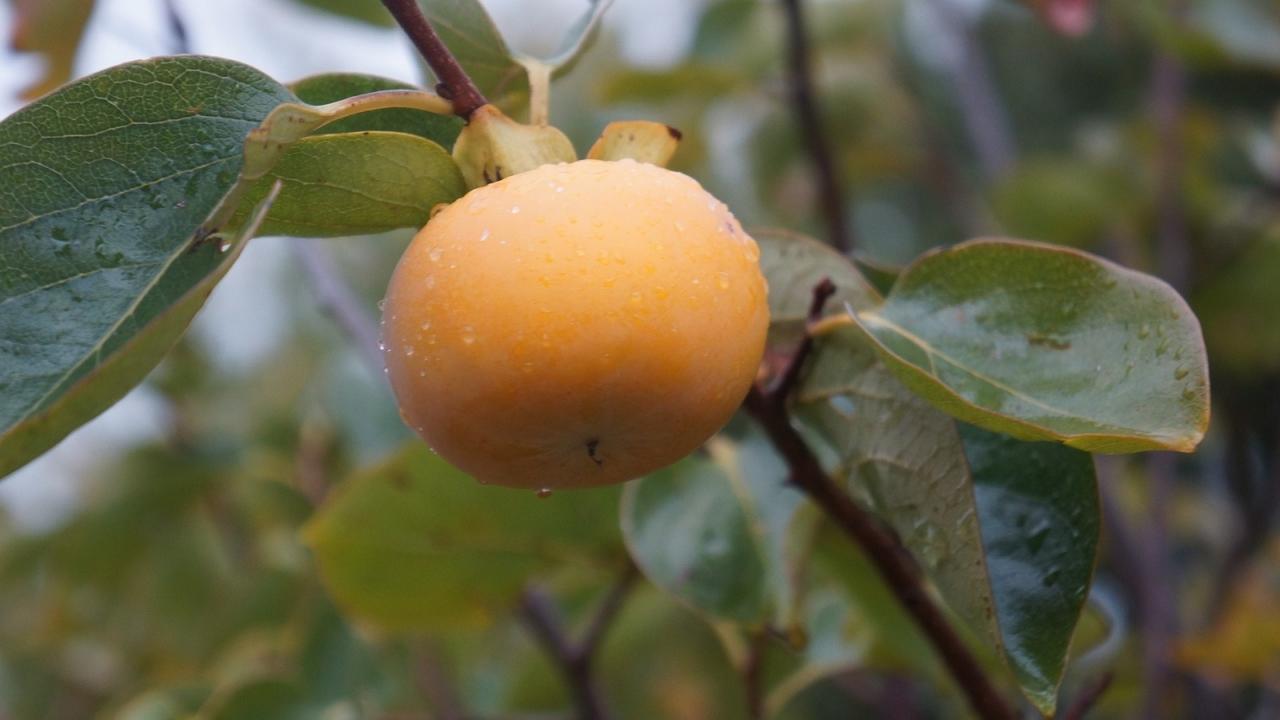
Looking to try something new and fresh that your tastebuds will enjoy? Explore these semi-tropical fruit trees that grow well, with proper planting and care, in our San Diego climate.
Many local nurseries carry many of these varieties, so visit them to see if one or more of these unique fruit trees are right for your yard!
Jujube - Ziziphus jujuba - 25-50' h x 20-30' w

This small, resilient tree originated in China and has been cultivated for over 4,000 years. It produces a sweet and delicious plum-sized fruit with a dark, edible skin. The jujube thrives in sunny, warm areas and prefers sandy, well drained soils. Very little care is necessary to keep the jujube healthy and strong.
Loquat - Eriobotrya japonica - 10-25' h x 10-25' w

The loquat is popular as an ornamental plant all around the Southern California landscape. It is likely you have passed by one without realizing how sweet its fruit are! This small evergreen tree produces small pear-shaped fruit that are yellow-orang...
8 Benefits of Backyard Chickens
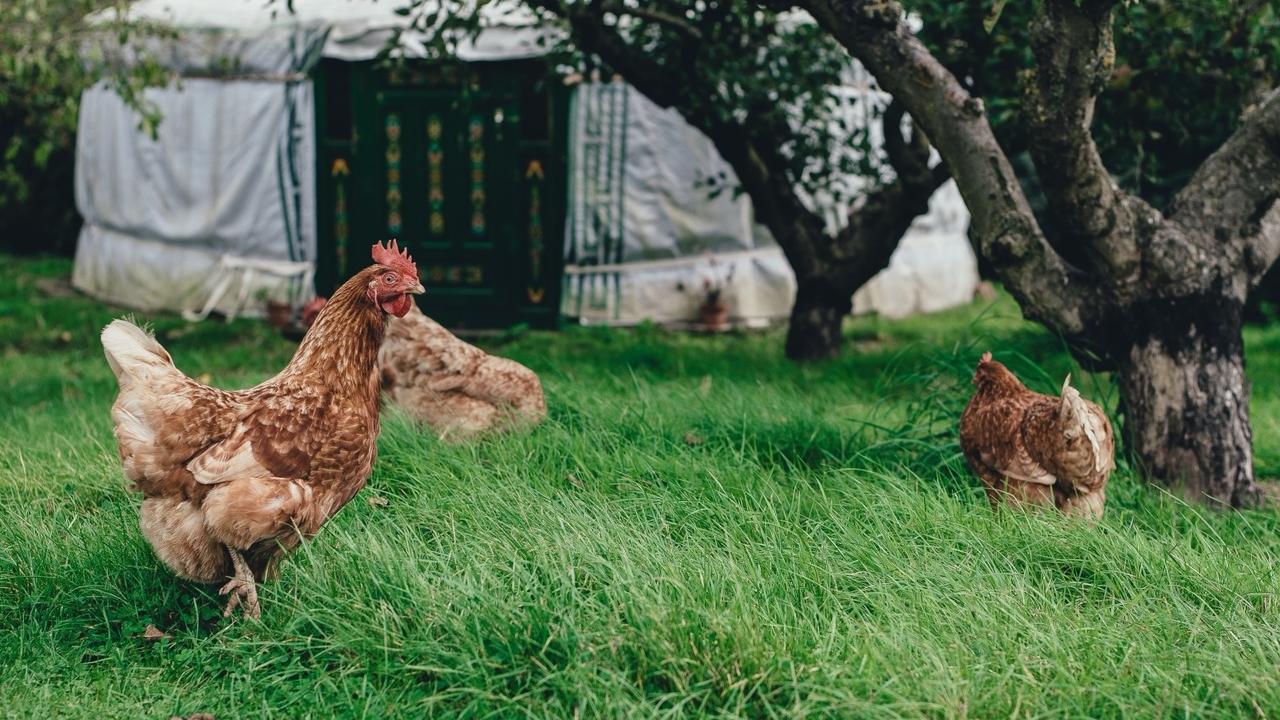
Raising backyard chickens can be an enjoyable experience. These eight reasons to raise chickens are some of our top picks.
Keeping chickens at home is a fun, engaging way to connect, and care for, your food. To improve the health of your flock and nutrition in your eggs, consider a large enough chicken run or safe access for them to free range and expand their diet. Just be sure that areas where you don't want them are properly closed or have restricted access.
Are there any benefits you’ve found in raising your own flock of chickens? Any struggles or downsides of raising chickens that you've experienced? Let us know on Facebook. And, don't miss our San Diego regulations for backyard chickens info!
8 Benefits of Backyard Chickens
Eggs!
Our team can attest to the superiority of fresh eggs! Laid mere minutes before being fried sunny side up in our cast iron pans, fresh eggs are delectable. Truly free range, well-loved eggs taste so much better. You also don't need to wash off your e...
5 Beautiful Southern California Drought Tolerant Grasses
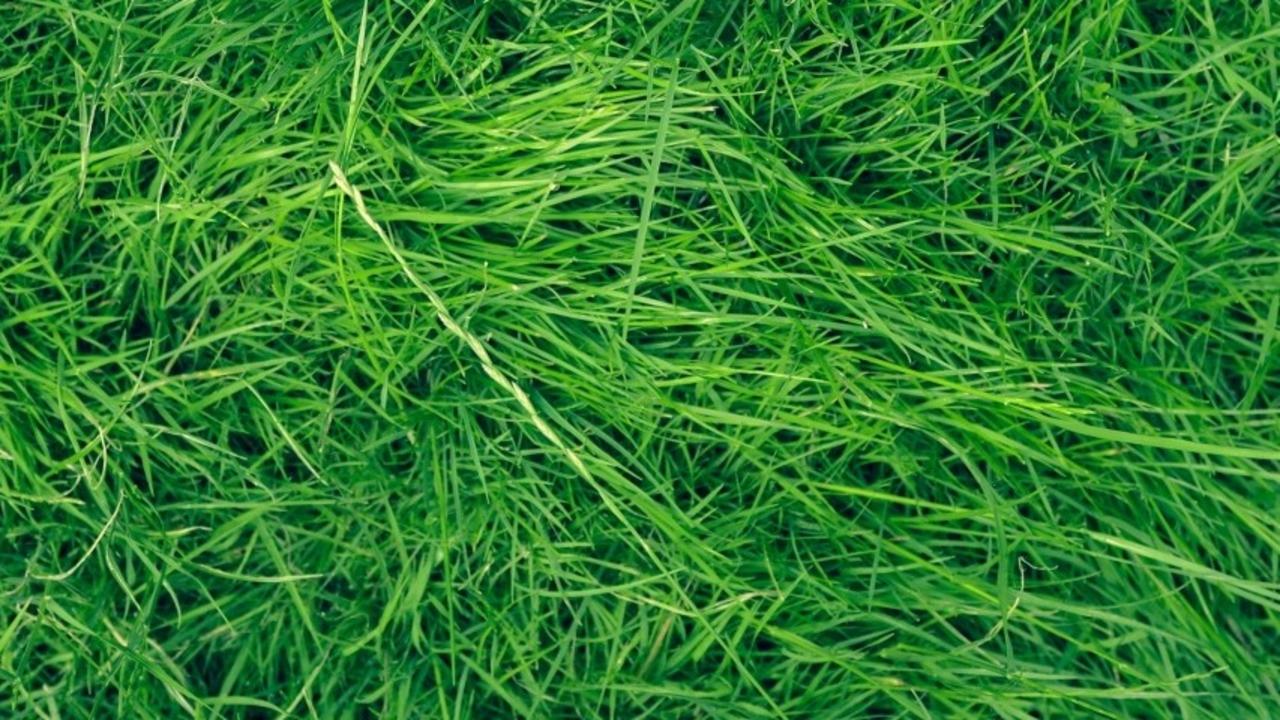
These five, beautiful Southern California lawn alternatives will save you water
Replacing your existing lawn with a drought tolerant alternative is an increasingly popular and effective way to cut down on water usage. Lawns can be more than just nice, relaxing place to enjoy a cup of tea, host a party, or play with our kids. They can also help contribute to reduced water, fertilizer and pesticide needs, while helping capture atmospheric carbon and store it in the soil!
What you choose to do with your yard can have a positive effect on your community, your planet and the plants and animals you share it with.
Before replacing your lawn, take a moment to consider what lawn alternatives are best for you and your family. While gravel and artificial turf replacements are great for decreasing water usage in theory, they fail to keep the soil fertile and living which means less water is allowed to infiltrate the soil and replenish aquifers. Many native, low water plant options benefit the e...
10 Wonderful Drought Tolerant Plants for San Diego Landscapes

With its beautiful weather, the San Diego area is ripe for beautiful drought tolerant landscape designs.
Characteristics of Drought Tolerant Plants
San Diego County's biome is California Chaparral. From mini-mountainous peaks and down eleven west-ward draining watersheds, our county boasts of micro-climates and plant groupings with unique characteristics. Some micro-climates you may encounter or live in are: Oak Savanna, Sycamore and Willow Riparian Corridors, Chaparral, Coastal Sage, Mountains, and Desert.
Depending on where your home or land is sited within these micro-climates will determine which varieties will thrive best. Adaptive traits drought tolerant plants sometimes exhibit are: waxy or glossy leaves, water storing leaves or tissues, serrated leaf margins, silver or light reflecting color, and the ability to solar track or reduce UV overexposure.
Explore the Water Conservation Garden near Cuyamaca College to see an excellent exhibit showcasing water wise and drought to...
Effective Erosion Control: Straw Wattle
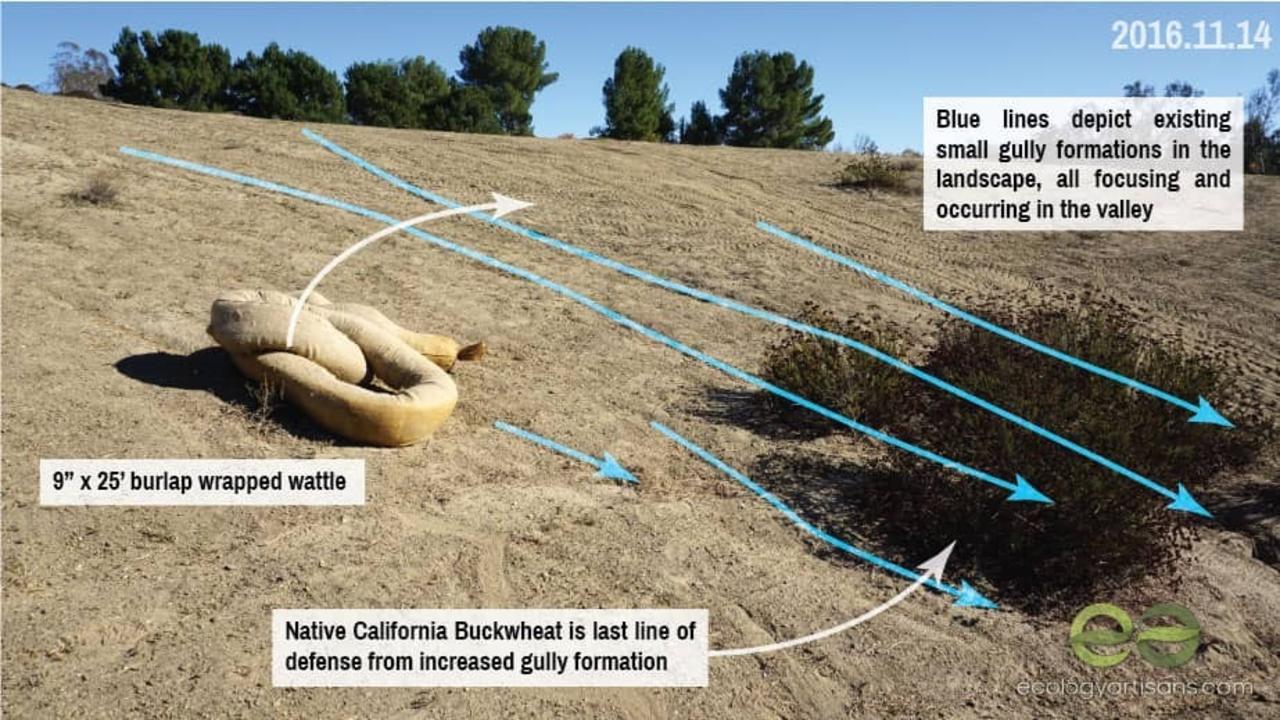
Straw wattles (aka fiber rolls) are fiber filled mesh tubes used to interrupt and slow water descending a slope through sheet flow and/or minor rill/gully formations.
Straw Wattles

Straw wattles help slow, spread and sink water in addition to capturing sediment and other runoff.
Used extensively in transportation and construction as best management practice (BMP), straw wattles are useful tools for effective runoff and sediment control. Coupled with erosion control techniques like mulching, jute mats, soil pitting or fish scale straw mulch, wattles help keep runoff and sediment for moving further downslope on a site.
Straw Wattles / Fiber Rolls

Cross section of proper wattle installation using five-stake method (for 25' wattles).

Our suggestion of overlapping wattle ends. You can also butt ends together, just monitor to ensure no water is channeling through the ends.
Resources abound covering various approaches towards wattle installation. Google "bmp straw wattle [YOUR ST...
Effective Erosion Control: Fish Scale Straw Mulch
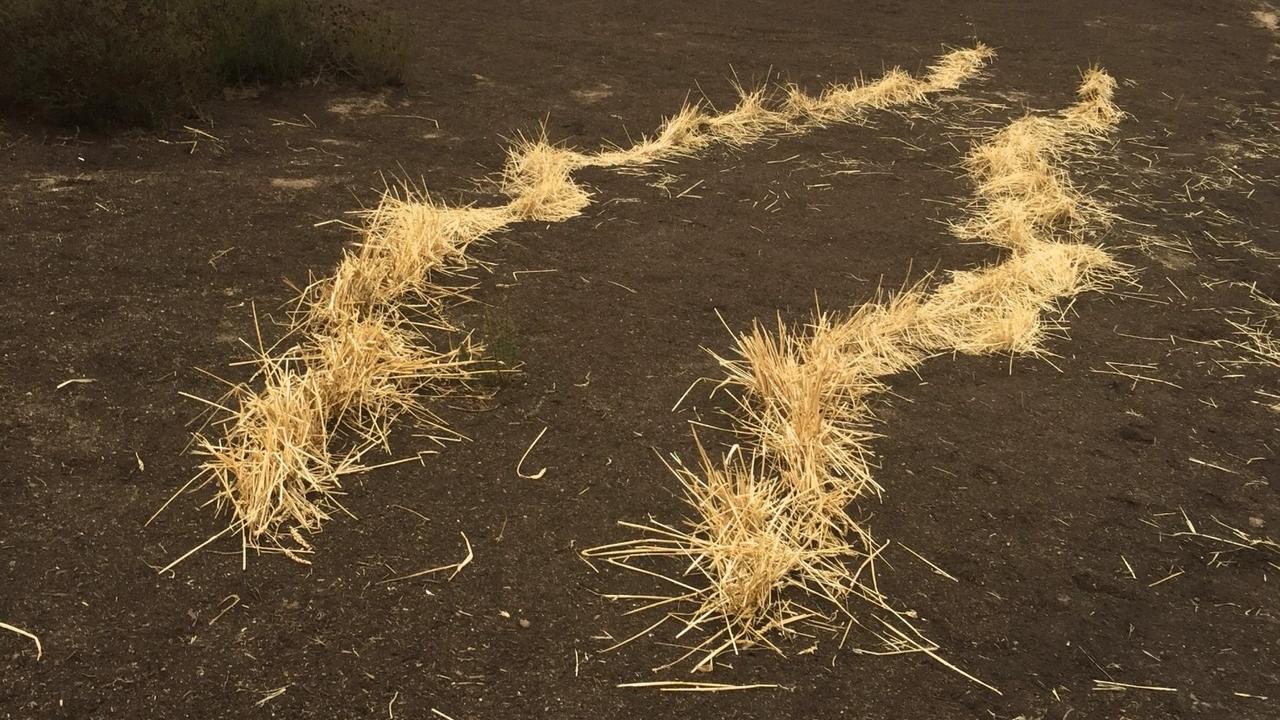
With record breaking rain and snow across California during the 2016-2017 winter, residents are being confronted with devastating and costly erosion control issues. We will be covering some simple, do-it-yourself effective erosion control techniques to help you prepare for future rain events and limit the amount of soil and water loss off your site.
Fish Scale Straw Mulch

Lines of fish scale straw mulch installed to test sediment capture and erosion reduction.
We first learned about fish scale straw mulch* as an erosion control technique in David A. Bainbridge's essential tome on erosion control, A Guide for Desert and Dryland Restoration: New Hope for Arid Lands. Its simple process, materials and installation made it one of our top choices for DIY erosion control projects. *The term "fish scale" comes from the curved shape cut from the spade entering the soil.
Treatment Summary
Weed-free wheat or rice straw fish scale rows on contour are inexpensive and easy to install. The...
Soil Erosion Case Study: Meadowview Open Space
Preventing and treating soil erosion must be the primary focus for any land tender, land owner, community or society. When we neglect soil loss for any myriad reasons (short term economic gain, apathy, ignorance, etc.), we jeopardize the possibility for future generations to cultivate and nourish themselves. As ecological land designers, we are trained to see the characteristics of degraded land and to provide treatments to rehabilitate and reinvigorate it.
Soil Erosion is No Joke
Land and environmental degradation is the number one cause of life migration. When food no longer grows on land, life moves on. Humans are no different, yet our short historical attention span has shown us to forget this pattern. I highly recommend reading Dirt: The Erosion of Civilizations by David Montgomery to learn more about the importance of protecting soil (or watch his lecture below).

Any increase or decrease in these three factors will either increase or decrease erosion in landscapes.
Los...
How to Make Compost - Galvanized Wire Cage Style
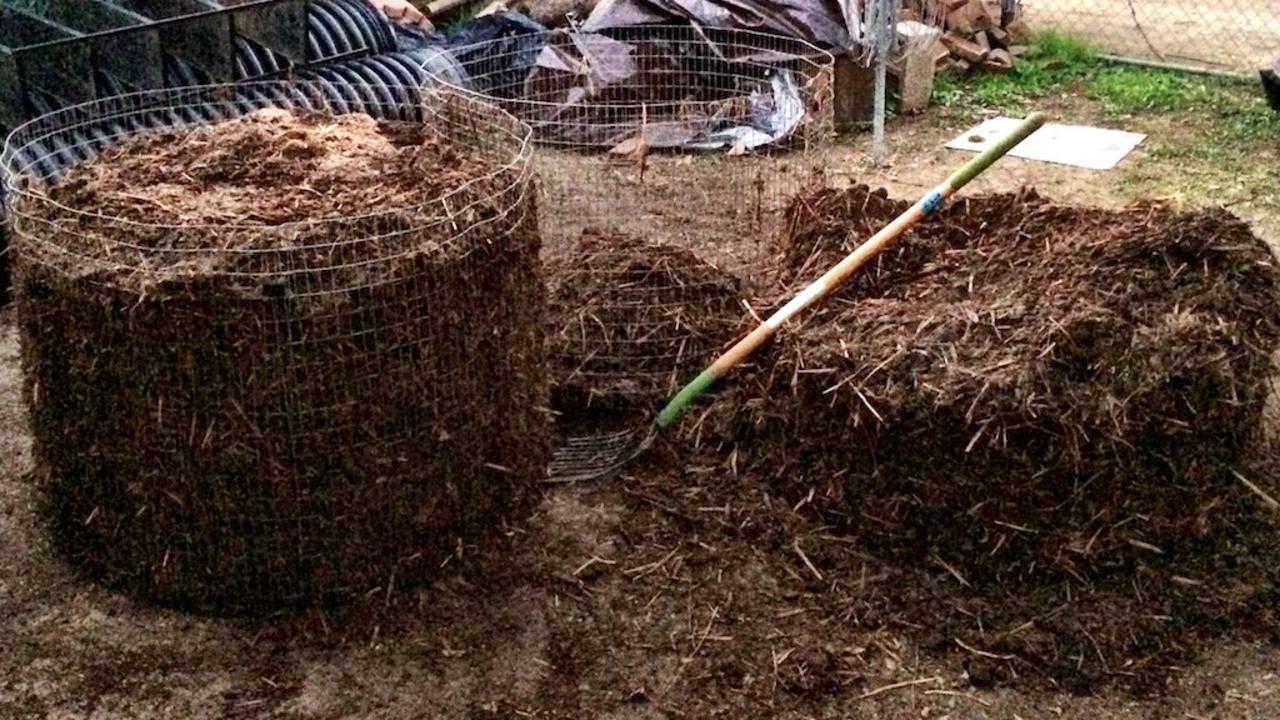
Learning how to make compost will make you a better gardener or farmer
Compost is soil's version of a probiotic rich, nutrient dense cake. Sweet, tasty, and crawling with life (if built correctly), compost is a fast way to deliver food to your plants.

Compost reaching the 'dark chocolate' stage. Yum.
There are many ways to make compost.
Choosing the style of compost creation will depend on your site, your availability, resources/compost ingredients, and intended end use. This method of how to make compost utilizes the hot/thermal method and a galvanized wire cage to help maintain shape. We learned of this method at Dr. Elaine Ingham's Soil Foodweb master class. We highly recommend taking one of her seminars to learn much more about the intricacies of the soil food web and how we fit into it. Other methods of compost creation are the cold composting/worm composting (vermicomposting) or static composting.
How to Make Compost - Hot/Thermal Method using Galvanized Wire Cage

This ...
San Diego County APN Lookup

If you know a street address for a San Diego County property then this APN lookup tutorial will help! As landscape designers and installers, We use this San Diego County APN lookup process for parcel data all the time. Thankfully, San Diego County has a helpful online service that allows property owners to get a quick, distilled summary of their parcel data based on an Assessor's Parcel Number (APN).
APN Lookup
Knowing your APN is key to getting information out of governmental agencies. Without an APN, some agencies can lookup relevant data using a street address, but the APN, much like a Social Security Number, is best for finding the data you need. Visit San Diego County's GIS page (SANDAG GIS) and enter your address in the search box. Then, click on your parcel and a popup shows with relevant data including your APN. Highlight and copy that APN number to your clipboard and we'll use it later in this tutorial. You may also want to write it down for future reference.

Use SanDAg's...
San Diego Graywater Rebates
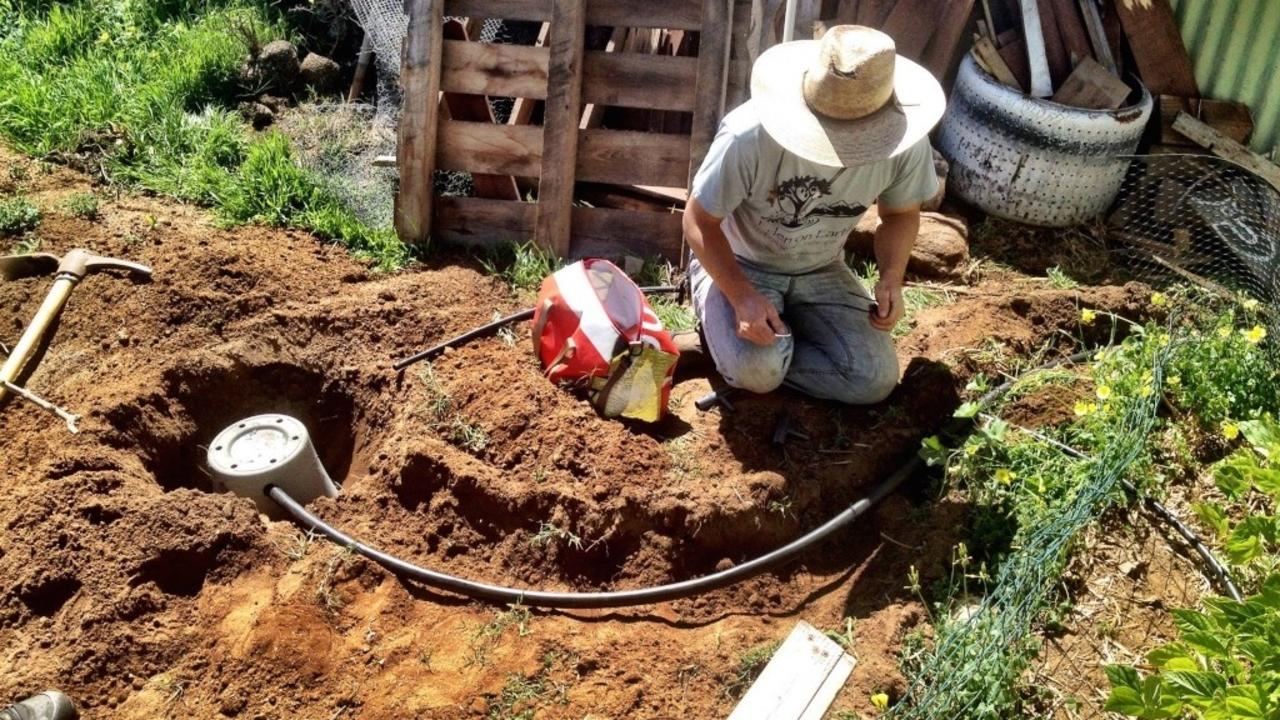
The City of San Diego graywater rebates are now available for simple and complex systems. Now it's even easier to reuse your waste graywater (aka 'greywater' if you're of the British English inclination) to irrigate your landscape.
What is graywater?
Graywater is water that is produced as "waste" from water sources such as laundry washer machines, bathroom sinks, bathroom showers, and bathtubs. Graywater is seen as "less" dirty water that doesn't have high levels of organic contaminants or fecal matter that comes from kitchen sinks or dishwasher machines or toilets.

Example illustration of a typical residential graywater systems. Image courtesy of The City of San Diego
Here is the actual language from the The City of San Diego Bulletin 208 (07/2014):
Graywater is defined as untreated wastewater that has not been contaminated by any toilet discharge, has not been affected by infectious, contaminated, or unhealthy bodily wastes, and does not present a threat from contamination by ...
